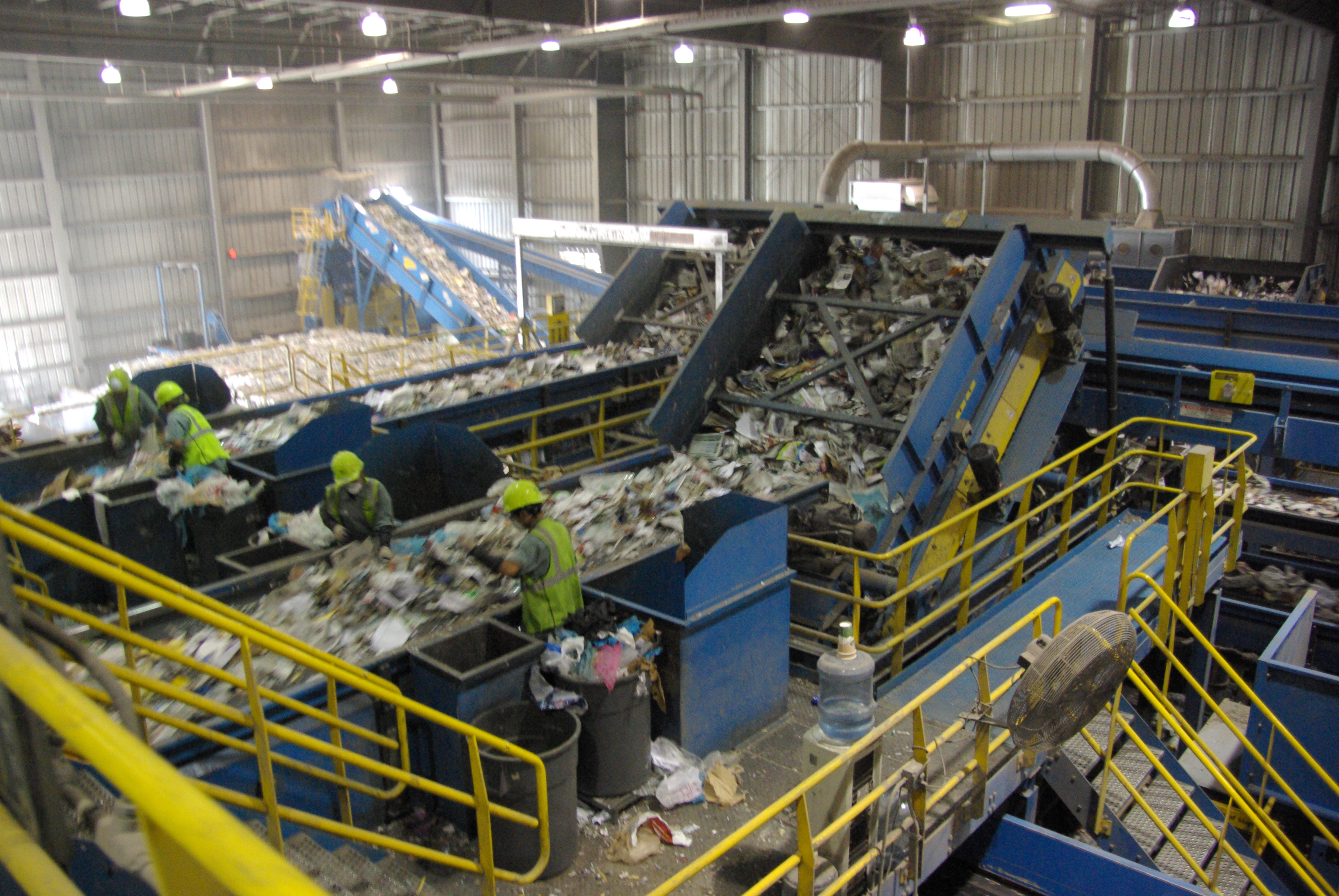
In the early days of recycling, people diligently sorted their waste, with bins for paper, plastic, aluminum, and glass. Comingled approaches are becoming more common. They require less effort, so more households comply.
Single-stream recycling can reduce the number of trucks that make the weekly trip to your neighborhood, each using diesel fuel and emitting carbon dioxide to the atmosphere. Switching from dual- to single-stream recycling is estimated to lower carbon dioxide emissions by 0.71 tons per ton of collected material.
With old-fashioned sorted recycling and dual stream programs, about 35% of the total waste stream is collected for recycling, with landfill rates at 65 and 67% respectively. Due to much higher levels of participation, single-stream recycling has a lower landfill rate of about 55%.
There are challenges to the co-mingled approach. For instance, glass recyclables are heavy, of marginal value to processors, and often the source of food contamination that reduces the quality of more desirable newspaper and cardboard.
In the U.S., the recycling rate varies among materials: more than 95% of lead-acid batteries are recycled, 55% of beverage cans, and about 30% of various types of plastic bottles. Recycled materials reduce the use of energy needed to mine new materials from the earth, with the associated disruption that mining causes to land and water.
The recycling industry operates with narrow margins between the costs of collection and separation and the value of the materials that can be sold for reprocessing. Pursuing collection regimes that preserve profitability is essential, to ensure the burden does not fall back onto municipalities.
**********
—This segment was adapted from an essay by Dr. William H. Schlesinger. You can read the original piece on his blog Citizen Scientist.
.
References
Environmental Protection Agency. 2014. Municipal sold waster generation, recycling, and disposal in the United States: facts and figures for 2012. US-EPA-530-F-14-001, Washington, DC
Fitzgerald, G.C., J.S. Krones, and N.J. Themelis. 2012. Greenhouse gas impact of dual stream and single stream collection and separation of recyclables. Resource Conservation and Recycling 69: 50-56.
Pressley, P.N., J.W. Levis, A. Damgaard, M.A. Barlaz, and J.F. DeCarolis. 2015. Analysis of material recovery facilities for use in life-cycle assessment. Waste Management 35: 307-317.
Photo, posted April 23, 2008, courtesy of Kristian Bjornard via Flickr.
.
Earth Wise is a production of WAMC Northeast Public Radio, with script contribution from the Cary Institute of Ecosystem Studies.
